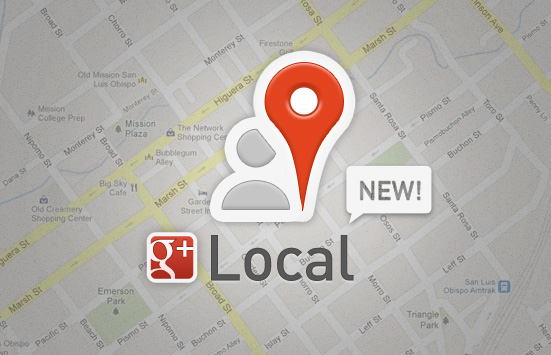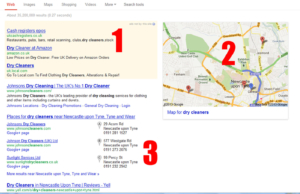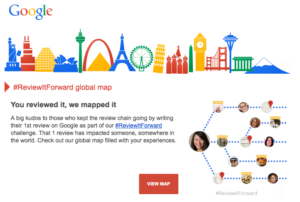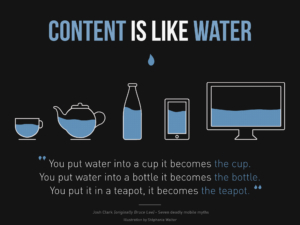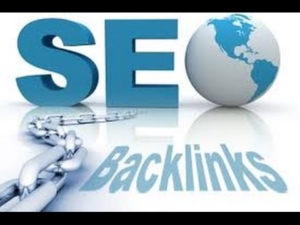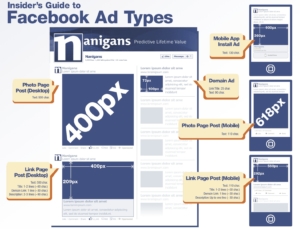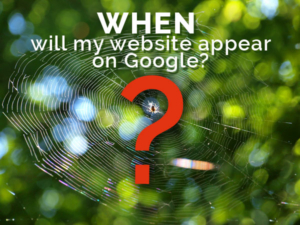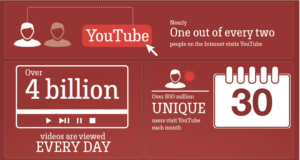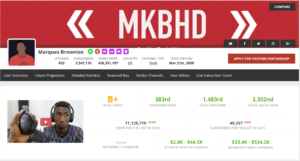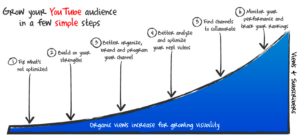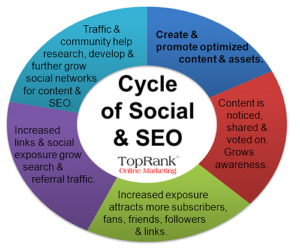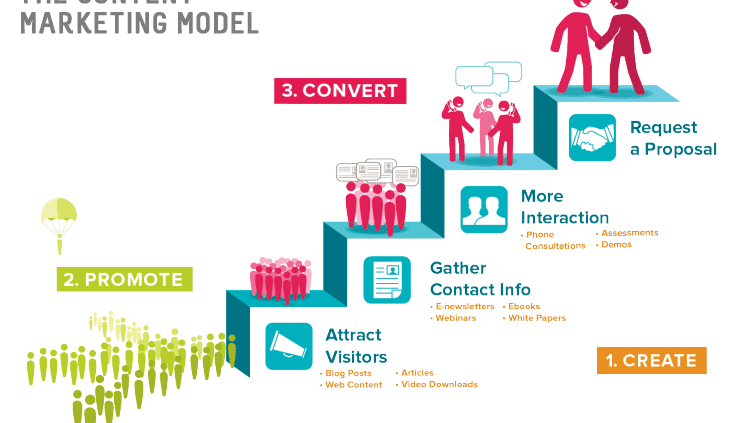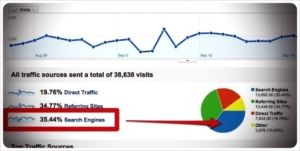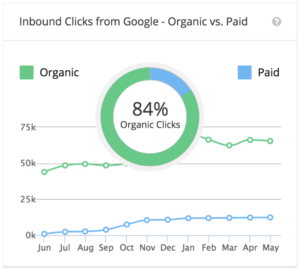Google Local is a great way for start-ups and small businesses to grab a foot hold in their industry. It allows marketers to target local customers and consumers to search for local businesses and products. Here we list our 5 keys to dominating Google Local.
5 Steps to Dominating Google Local
- Consistency in NAP
Consistency in branding is important. It’s even more important when it comes to your listing on Google MyBusiness (Google Local) and across the internet on local sites. If you want to crack the top 3 in map listings, your business’ info must be on point.
Make sure that your business’ name, address, and phone number is the same on all sites. This can get tricky if you are using local numbers for different offices, but if you can manage to use an 800 number as your go-to, then add the locals as secondary points of contact, that’s a safe bet.
While it may seem trivial, make sure your address is the same on all sites that list your business. Sometimes this can be daunting because dozens of new sites pop up every day, and many of them simply scrape your info and post it. They make mistakes.
- If your office is on 100 Third street, and one of them lists it as 100 3rd street, you will run into problems.
Your business name should be consistent as well. Keep it simple! If you’re Joe’s Plumbing, don’t get cute with Joe’s Plumbing Brooklyn, Joe’s Plumbing Staten Island, Joe’s Plumbing and Hot Tubs. Pick one, and stick to it.
Google Local Guidelines
From Google’s guidelines regarding business names:
Any additional information, when relevant, can be included in other sections of your business information (e.g., “Address“, “Categories“). Adding unnecessary information to your name (e.g., “Google Inc. – Mountain View Corporate Headquarters” instead of “Google”) by including marketing taglines, store codes, special characters, hours or closed/open status, phone numbers, website URLs, service/product information, location/address or directions, or containment information (e.g. “Chase ATM in Duane Reade”) is not permitted.
- Choose the Best Categories
Don’t “category stuff.” Google views this in the same way they view keyword stuffing, ie, they’ll hit you for it. Pick out the minimal number of categories that fit your business.
Content Drives Google Local
- Add Content
Add as much relevant, helpful info as possible on your Google+ local page. IT’s possible to add video, photos, and long-form text. It’s no secret that Google thrives on content, and rewards content marketing. If you have videos of your product or service, add them. Link to your YouTube page.
- Have pictures of your product? Social media-driven photos of your customers? Add them.
- Go into detail (benefit-driven detail) about your products, services, staff, awards you’ve won, and what you can do for the customer.
- Cultivate Customer Reviews
This is good practice in general, as user reviews are crucial to the health of your business. Having customers review you on your Google listing is important to both your business’ reputation, and your local ranking. Well-reviewed businesses have a leg up on the competition.
- Build High Quality Links
Links to your business site help with SEO. The stronger your main site is, the stronger your local listing will be. Links from quality sites helps build domain authority, which in turn boosts your local ranking.

